As Frieze London celebrates its 20th year, the art world is prompted to reflect on the city’s contribution to the ever-evolving arts ecosystem over the past two decades. To get a better sense of what it's like navigating the local market, CULTURED consulted three prolific collectors: Ralph Segreti, with his focus social justice-minded works; Nicoletta Fiorucci, a staunch supporter of emerging talents; and Henry Relph, known for his keen eye.
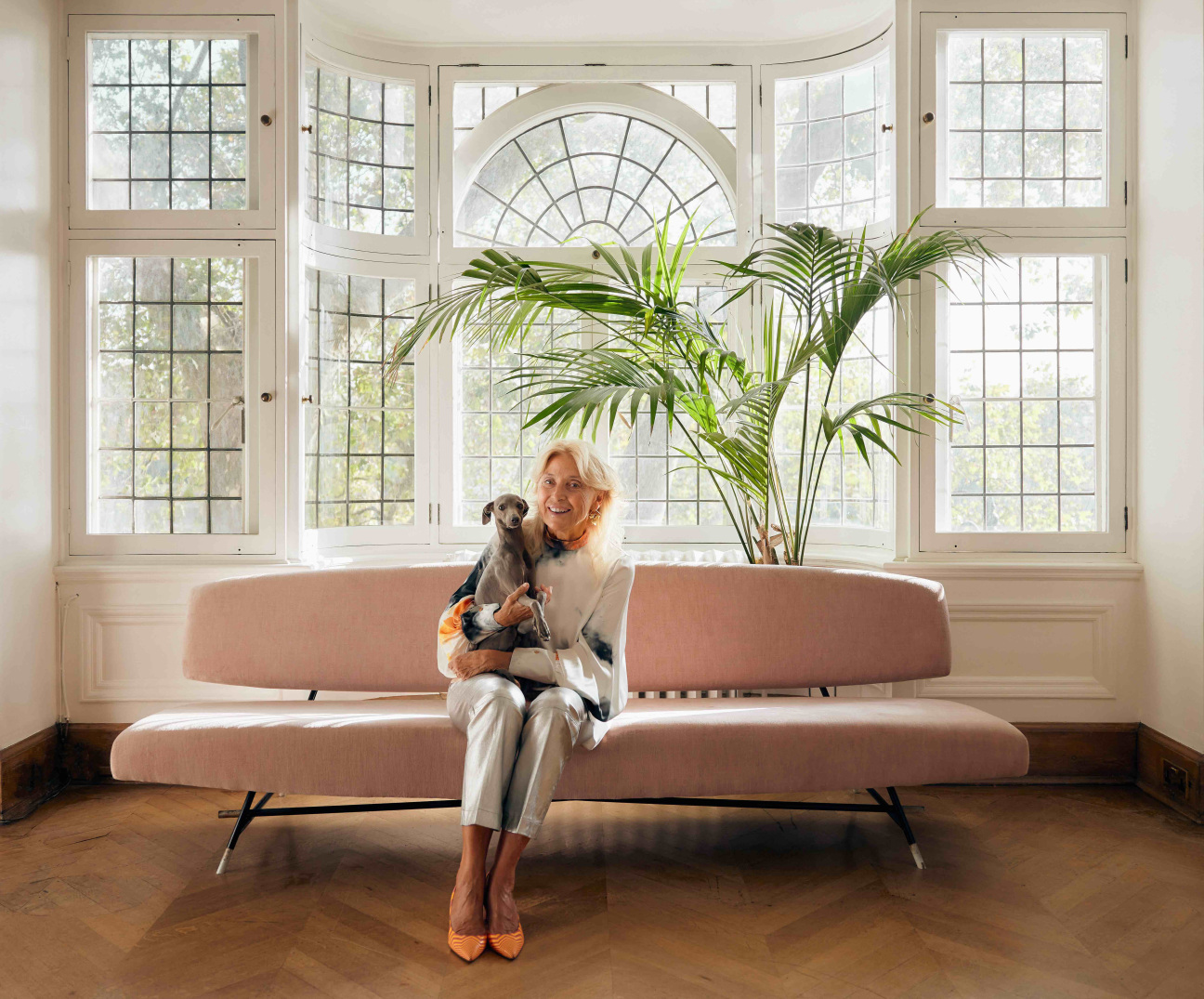
Nicoletta Fiorucci
In 2010, Italian arts patron Nicoletta Fiorucci established the Fiorucci Art Trust, a platform that champions emerging artists and encourages artistic exploration in both conventional and unconventional spaces. As time went on, the trust transformed into the Nicoletta Fiorucci Foundation, and the collector expanded her presence in the arts community, sitting on the Board of Trustees of the Serpentine Galleries, founding Pompeii Commitment Archaeological Matters, and becoming a long-term partner of Climavore by Cooking Sections, among other ventures.
What are your most cherished places in London to see art?
I love Serpentine Galleries. It has two exhibition spaces, a welcoming restaurant, a bookshop where they sell very interesting artists’ editions, and most of all it has a friendly atmosphere and it’s free. It is an inspiring place, where I always discover ambitious art and ideas. Being in the middle of Kensington Gardens, it is in osmosis with the park around it and people can see art while enjoying nature.
I also appreciate art centers that create a space for their surrounding communities to come together: Studio Voltaire, with a garden designed by a local artist, Anthea Hamilton, and South London Gallery. All these spaces are on the ground floor (which makes them more accessible) and have different areas where people can spend time after seeing an exhibition—be it a café and an outdoor space—offering an expanded experience of art.
How has living in London influenced the way you collect?
The London art scene has deeply changed the way I collect. When I moved here 11 years ago, I had the chance to interact with a great variety of institutions that function like a hub. I decided to engage and learn more about most of the organizations in London, which gave me the possibility to meet artists, curators, observe the process of creation more intimately, and comprehend the challenges of being an artist that relocates here from different parts of the world. This diversity, as well as the multiplicity of artistic visions and creative approaches have been deeply influential; an enrichment.

This year marks Frieze London’s 20th anniversary. What’s your earliest or most significant memory of attending the fair?
One of the most significant memories of the fair is linked to an exhibition by Goshka Macuga I saw at Tate Britain, an artist who I did not know at the time and who later became a key presence in my collection and art activities, as well as a close friend. I remember being completely struck by her work. A few days later, I saw her work again at Frieze, where I could acquire one of her pieces. As this experience shows, there’s a synergy between what happens in the city and what is visible and available in the fair.


An art fair can be a great place for young collectors to get inspired. What advice do you have for newcomers?
Don’t be afraid if you don’t understand or connect with what you see at first. Take your time, inquire, find more information on the artists that make you curious or that confuse you—that provoke in you a sense of attraction or refusal. In both directions there’s something to comprehend. Collecting is to me a practice of freedom and personal expression. It’s important to understand your own taste first.
What artists have you been keeping your eye on this season?
For the past couple of years, we have been doing research on Indigenous artists and works that have a connection with nature, spiritual practice, shamanism, and science. Some of the artists I am keeping an eye on are Patricia Domínguez, Precious Okoyomon, Sheroanawe Hakihiiwe, Solange Pessoa, and many others.
Best thing to do in London that’s not art related?
An aspect of London that is unique is the presence of a great variety of plants and flowers, and numerous parks. You can have a botanical experience of the city, which helps to compensate with the hectic rhythm of urban life. Some of my favorite gardens are the Chelsea Physic Garden and Kew Gardens. I enjoy walking around Battersea Park and the Peace Pagoda, as well as spending time at Japan House, learning about different craft techniques and having a matcha tea. I also like going to Mount Street to see the Roksanda boutique and then stop for a break with friends at Pasticceria Marchesi.
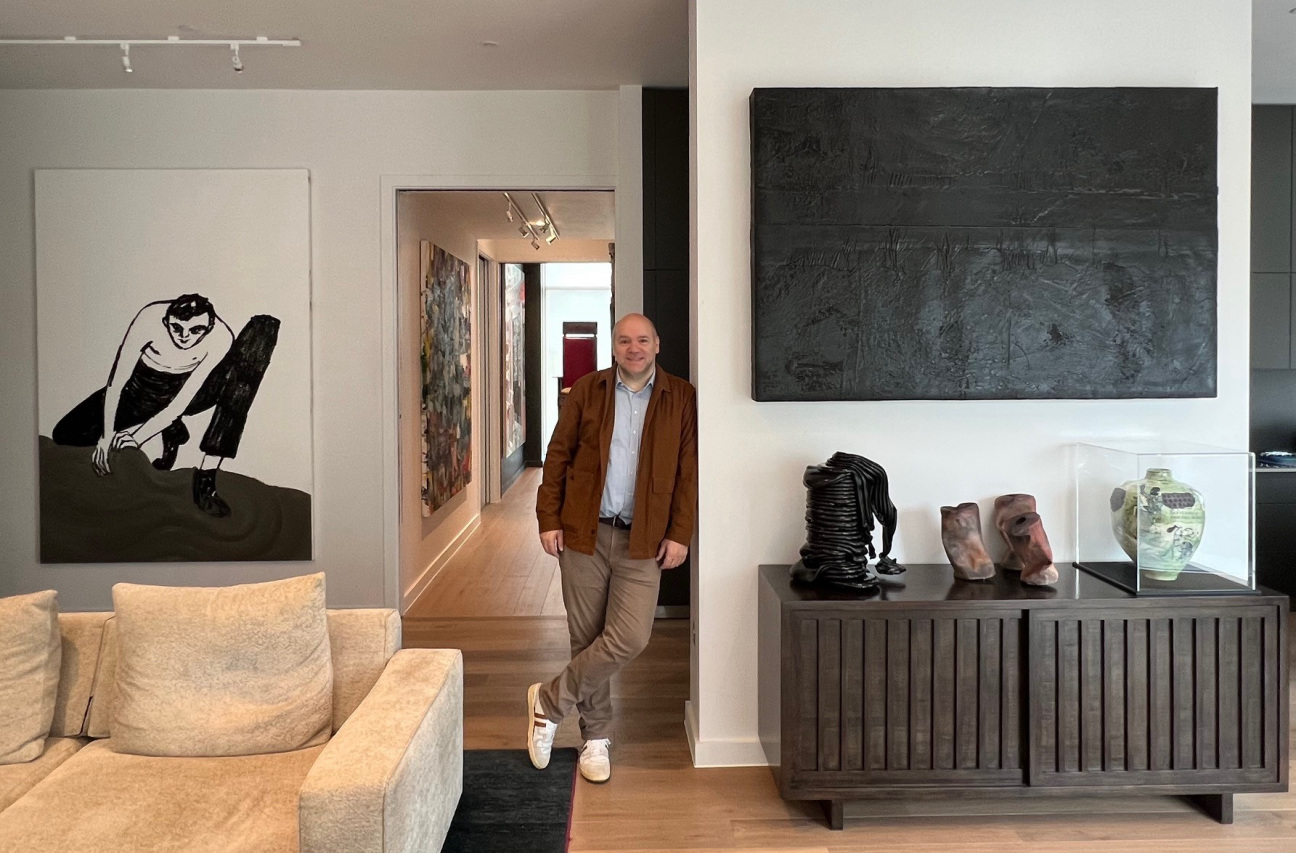
Ralph Segreti
London and Chicago-based Ralph Segreti’s early experience with collecting was rather innocuous: it started with vintage posters. But before long, he was accumulating works by Theaster Gates and Rashid Johnson. A bent for social justice-minded acquisitions emerged, a natural progression given his focus on Chicago natives and the issues they cared about. The investment in the art world seeped into Segreti’s day job, and he recently became the CEO of Sotheby’s backed art technology firm Mira Imaging, which captures digital fingerprints of works in order to prevent the proliferation of forgeries.
Which work in your collection provokes the most conversation from visitors?
It is definitely Roots by a London-based artist named Prem Sahib. It is a water fountain encased in tinted resin. It’s a replica of a drinking fountain from Chariots, a now-closed gay sauna. I had first seen a version of this work in a group show at David Zwirner a few years ago, and it prompted me to look into Prem’s practice. The work itself draws you in—it is pretty captivating and it always sparks questions from people. The work, like much of Prem's work, is about community, it is about lost moments, it is about desire and sexuality. Prem actually has a new show open during Frieze week at Phillida Reid gallery.

What excites you the most about collecting today?
Over the years the collection has gained a fairly clear focus. We collect emerging and mid-career work. It is mostly (but by no means all) by American artists. It is mostly abstract and conceptual. And, it mostly ties into a social justice theme. Many of the best artists working today point squarely to these areas.
What artists have you been keeping your eye on this season?
Nikita Gale has a show up at Emalin, and we’ve been enthralled with their work for a while and recently added a large piece. I am very focused on Mohammed Sami’s practice, and would love to collect his work in depth, as I think he is a generational talent. Justin Caguiat has a new show up at Stuart Shave’s Modern Art that I think is pretty amazing, and I would love to add him to the collection.
We added work by Patricia Ayres to the collection earlier this year—she was picked up recently by Mendes Wood and I am super excited to see how the work evolves. We are big fans of Lauren Halsey, and were blown away by her Met Rooftop presentation this summer. And, Rashid Johnson, an artist that I think is one of this generation’s masters, just debuted his new “God" series of paintings in his show that just opened at Moderna Museet in Stockholm, and I can't wait to see them in person.
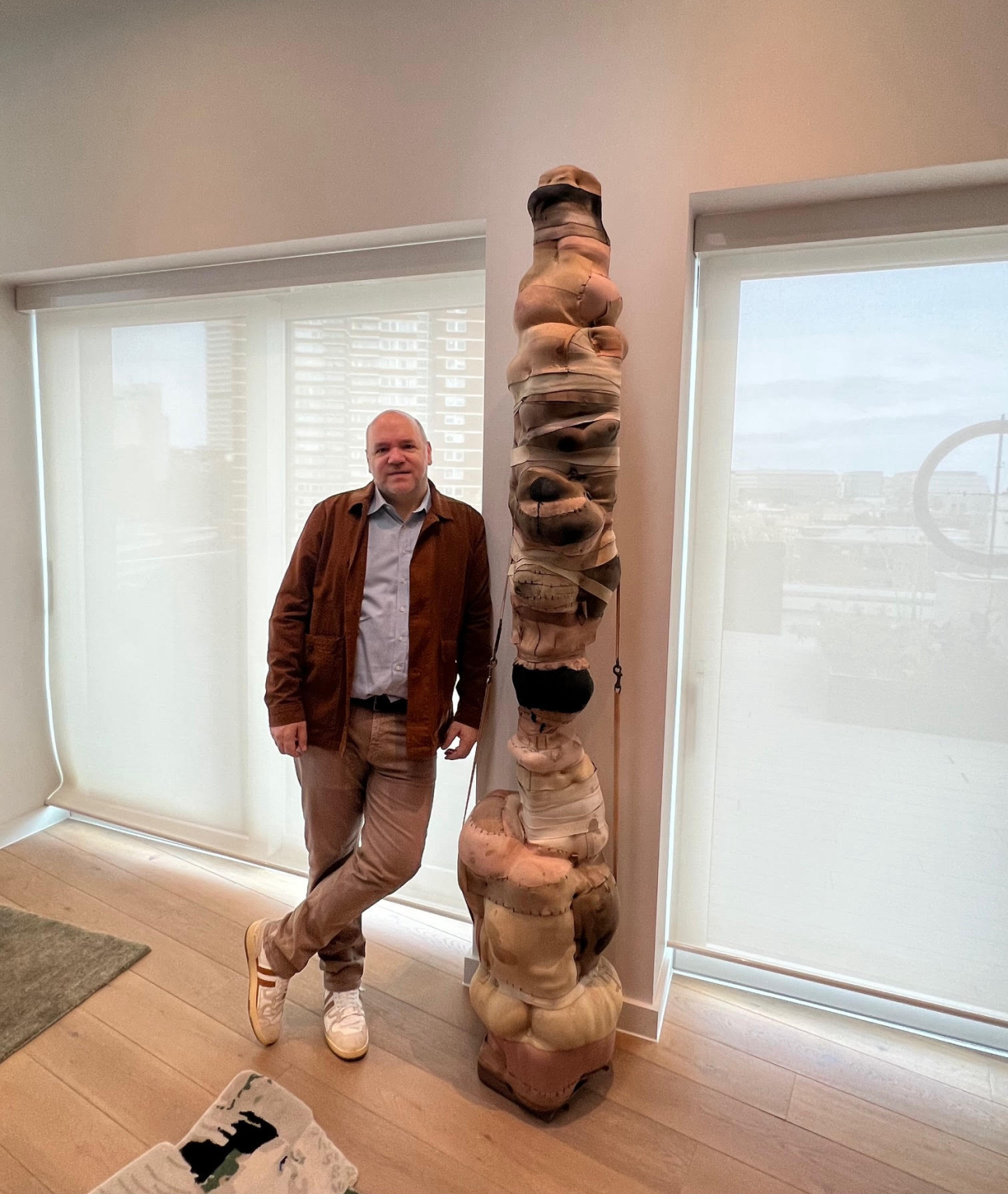
An art fair can be a great place for young collectors to get inspired. What advice do you have for newcomers?
Don’t be afraid to talk to the gallerists. A lot of new collectors are intimidated and do not engage or ask questions. Once you get to the public days, the gallerists are bored and hoping to make connections with new, potential clients. If you are interested in collecting and see work you like, ask questions and start building relationships with the galleries. Also, definitely go into the Focus section and talk to the younger galleries. They will be representing artists from your generation, and the works will likely be more accessible, too.
What are your most cherished places in London to see art?
London has an incredible art ecosystem. Besides the larger institutions like Tate or the Royal Academy, London has a wealth of smaller public galleries that really form the beating heart of the scene. I am thinking about places like Studio Voltaire, Camden Art Centre, and the ICA (amongst others). These places have incredible track records of spotting talent and showing them early. Studio Voltaire showed Nicole Eisenman 11 years ago, and Nicole now has a major show opening at Whitechapel this week. Camden has shown artists like Kerry James Marshall, Barnett Newman, Félix González-Torres, and Christopher Wool, while artists from Pollock and Richter to Patti Smith, Depeche Mode, and The Smiths have shown, or performed, at the ICA. These institutions allow artists and curators to take risks and they foster so much of the foundation on which the London art world is built, so they need our support!
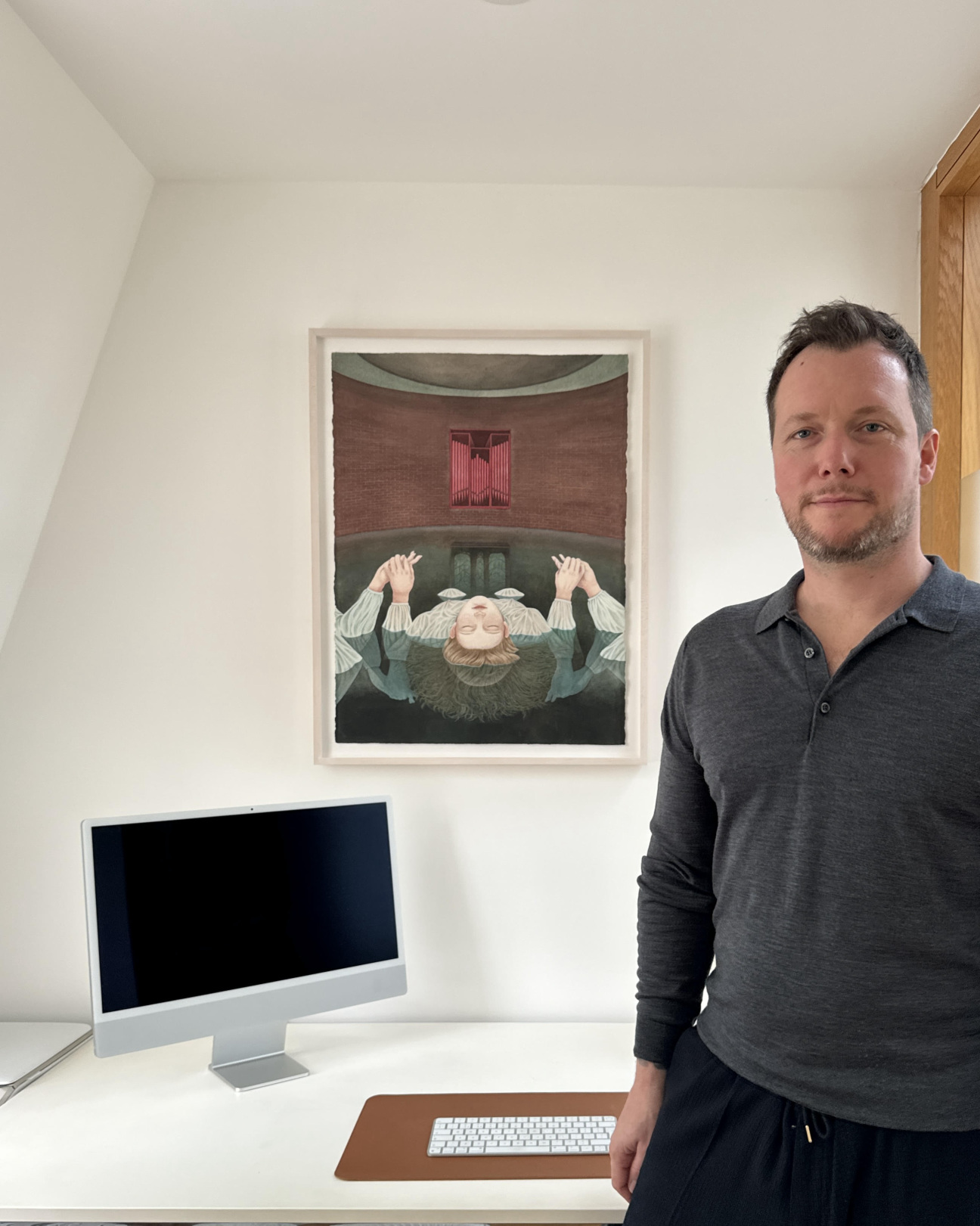
While the DJ-to-curator pipeline is far from being well-trodden, London-based Henry Relph finds it to be a natural progression. His personal collection, which began with a David Shrigley piece at 2013’s Frieze, now includes works by Louise Giovanelli, Issy Wood, and Michaela Yearwood-Dan, amongst others. Relph recently built the art collection and public art program for CitizenM Hotels, an international chain with 22 locations, in addition to curating for galleries.
What artists have you been keeping your eye on this season?
I am excited for Justin Caguiat at Modern Art, Nicole Eisenman at the Whitechapel Gallery, Claudette Johnson at the Courtauld, Frank Walter at the Garden Museum, and further afar, Andrew Cranston's solo exhibition at the Hepworth Wakefield in November. I am also looking forward to seeing Oliver Bak, which opens later this month at ADZ gallery in Portugal. Additionally, I'm keeping a close eye on the emerging Brazilian artist Sophia Loeb, who featured in a group show I curated in Paris earlier this year and has recently gained representation with Pippy Houldsworth. She's my artist to watch for 2023/24.
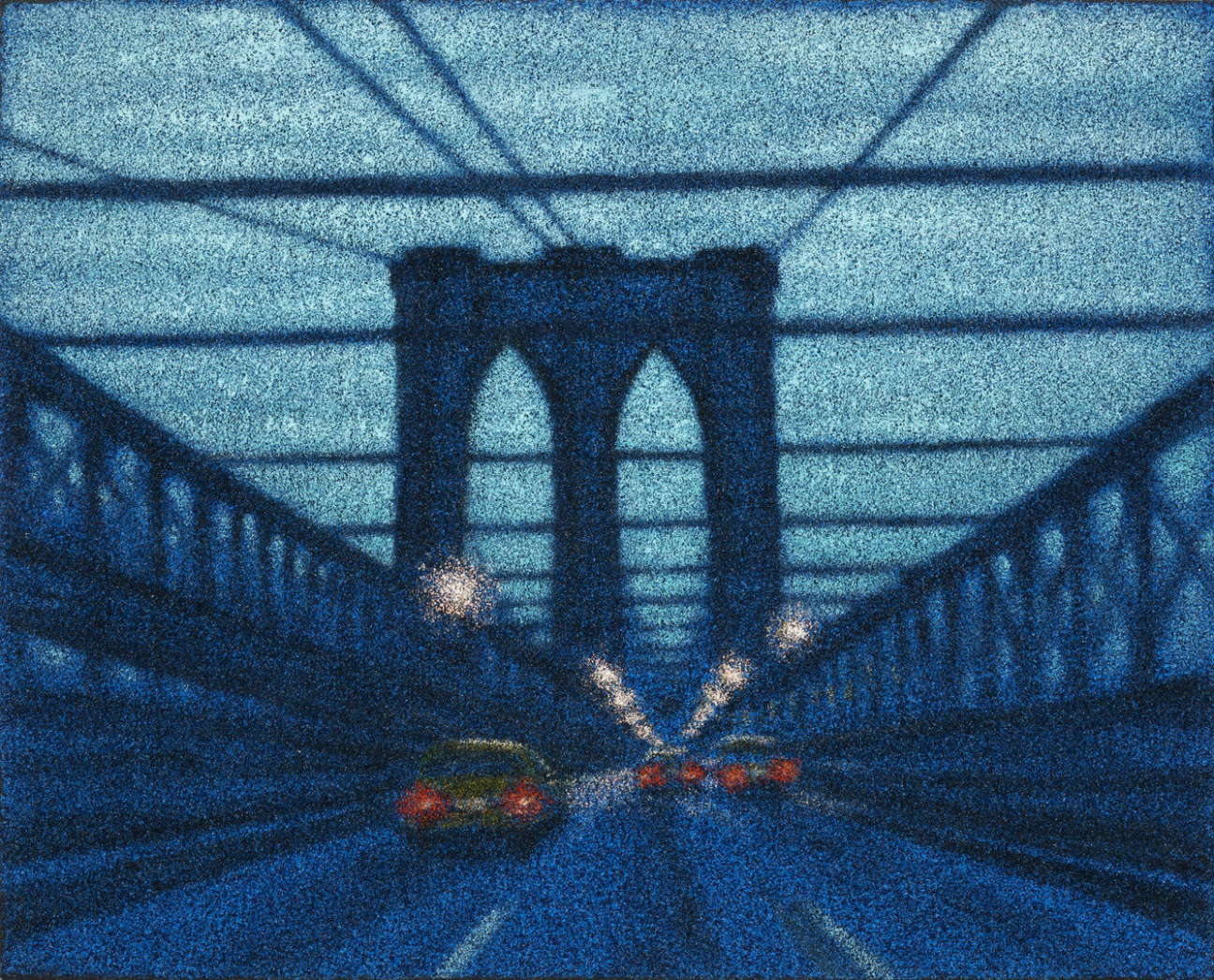
What are your most cherished places in London to see art?
I live near the Camden Arts Centre, which is an incredible institution. The last show I saw was the late American Chinese artist Martin Wong, which was amazing. While in the area, I also recommend visiting the Freud Museum and the Zabludowicz Collection.
The London gallery scene is thriving more than ever. International galleries like Grimm are opening their inaugural spaces here. We are seeing iconic London gallerists that have expanded into impressive new buildings like Alison Jacques, Stephen Friedman, and Pilar Corrias, and there is a network of very interesting younger galleries that have opened during the past few years that are dedicated to supporting emerging art in the city—like Pipeline, Alice Amati, Tabula Rasa, Indigo+Madder, Rose Easton, Jeremy Scholar, The Artist Room, and Incubator.
This year marks Frieze London’s 20th anniversary. What’s your earliest or most significant memory of attending the fair?
Frieze is one of my favorite art fairs. There is always great anticipation walking through the park towards the gates wondering what you may or may not find on preview day. In 2018, I was asked to join a panel discussion at the fair, focusing on collecting and supporting young and emerging art. Public speaking does not come naturally, but it was a great experience that I will never forget.

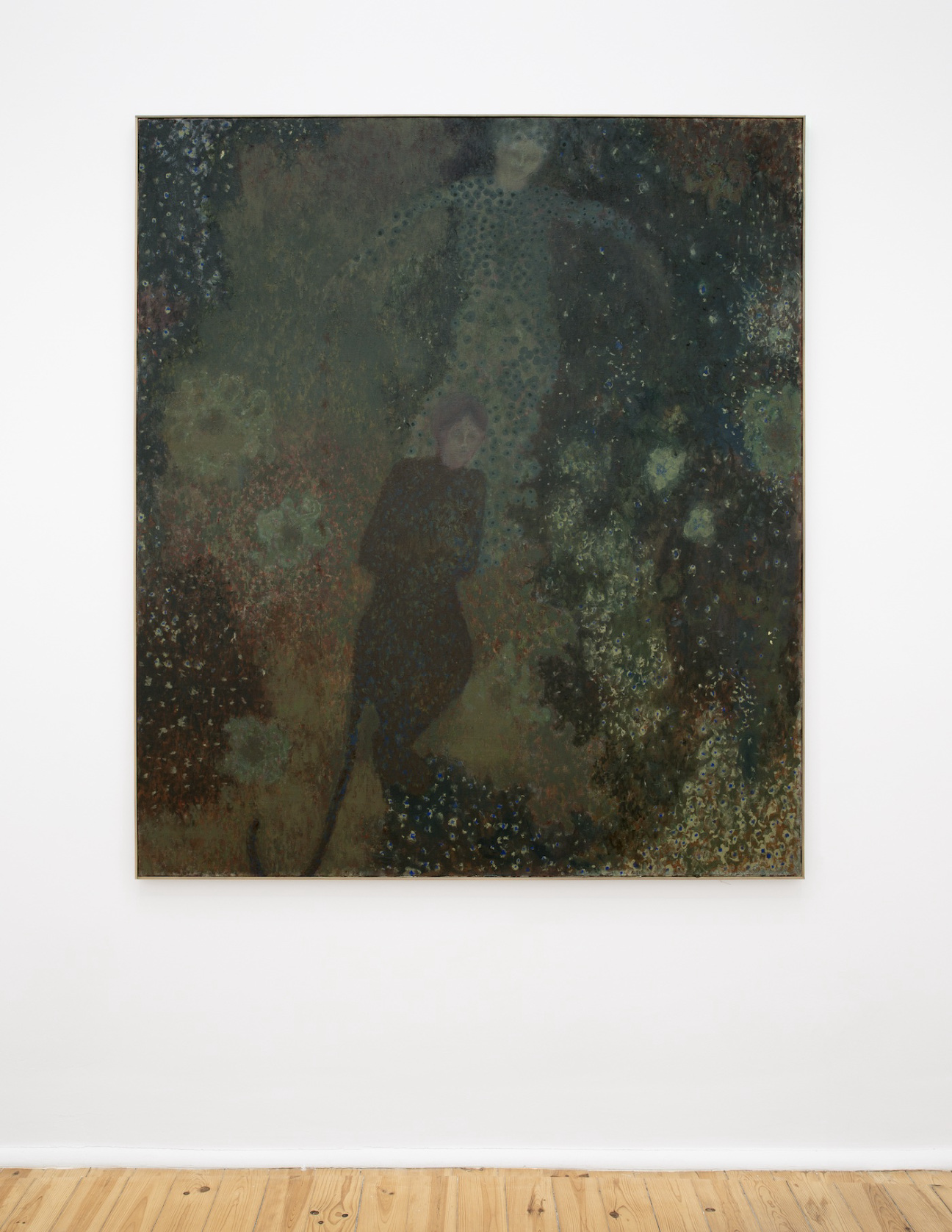
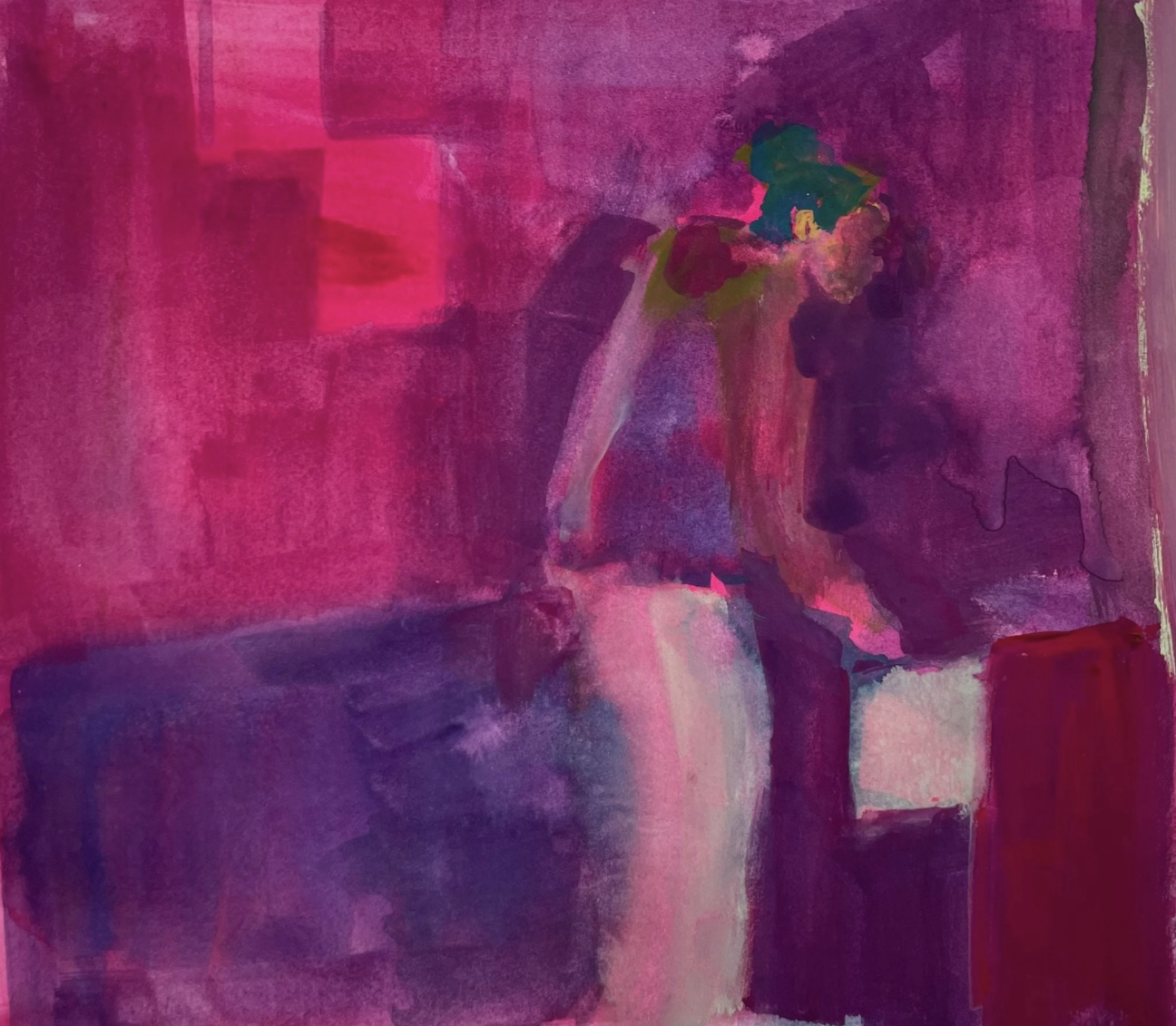
An art fair can be a great place for young collectors to get inspired. What advice do you have for newcomers?
Art fairs can be overwhelming with no plan, so do lots of research before on which artists interest you. I usually start in the emerging section as its quieter, and make sure you take lots of pictures so you can digest what you saw afterwards.
Best thing to do in London that’s not art related?
Eat a falafel wrap from Round Falafel on Parkway. Its close to Frieze Masters, and I think its the best in the city!










 in your life?
in your life?

